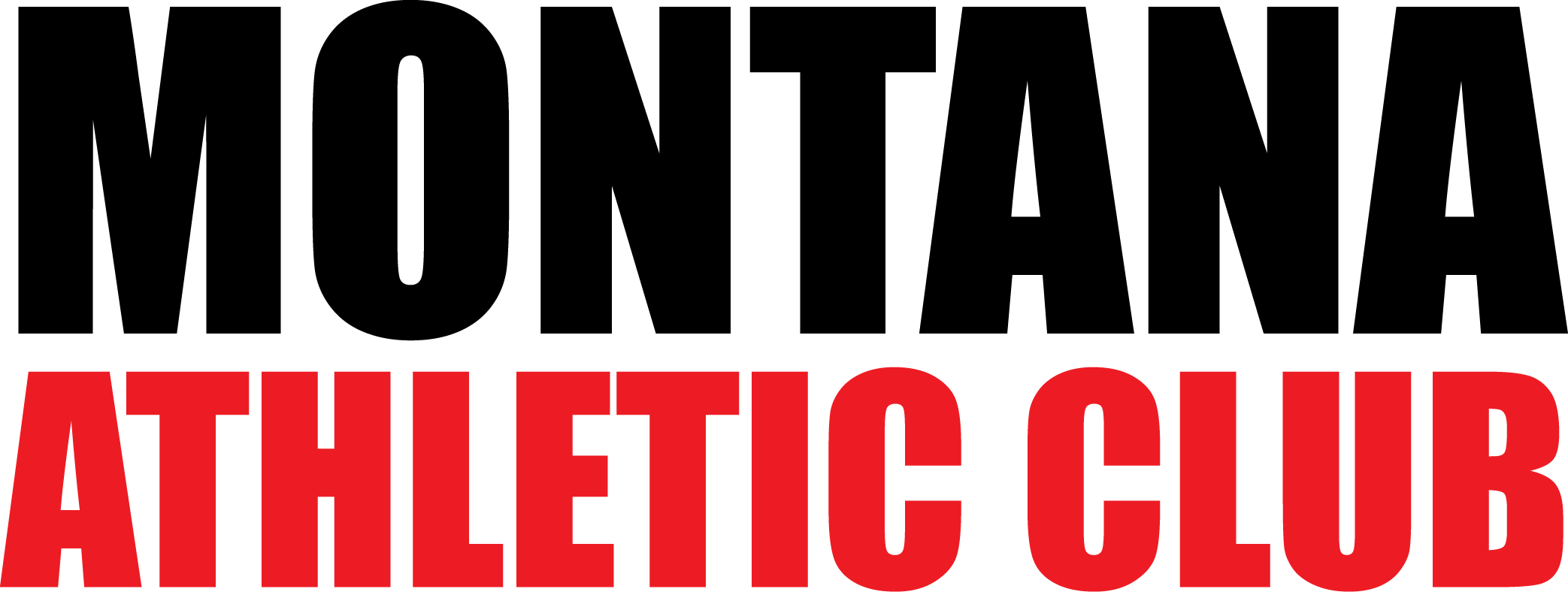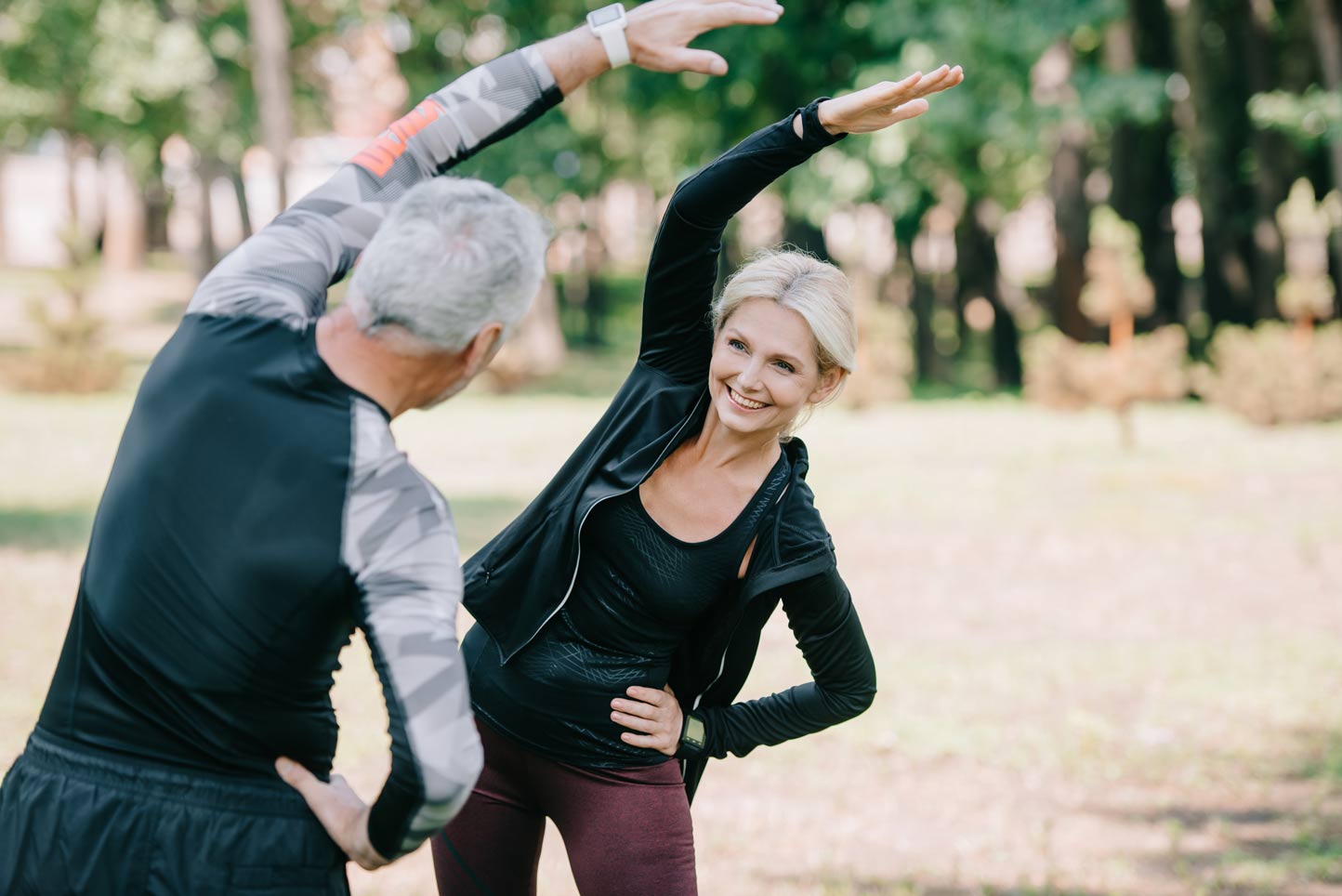STRETCHING: THE KEY TO GRACEFUL AGING!
By Cord Prettyman, MPT
It was September 1964, and I was a terrified freshman at the University of Delaware attending my first Biology 101 class. On the black board was a list of the seven characteristics that determined whether something was alive and therefore included in the study of Biology. The very first characteristic listed was “Mobility – Does it move because if it doesn’t, it probably isn’t alive.”
And that folks is the essence of flexibility – mobility. The purpose of a stretching program is to increase mobility, reduce pain, decrease the incidents of soft tissue (muscles, tendons and ligaments) injury and muscle soreness and to assist in graceful aging. Increased flexibility can also result in improved posture and better balance.
The American College of Sports Medicine defines flexibility as “the ability to move the body parts through a wide range of motion without undue strain to the articulations and muscle attachments.” In English that means you can reach the can of tomato soup on the top shelf, tie your shoes without hurting your back, and reach into the back seat of your car at a stop light to attend to your child or grandchild in a car seat. Flexibility speaks to “functional fitness.” And it’s easy to do, requires no equipment, and feels good.
Target the following muscle groups for a comprehensive stretching program: low back, hamstrings (the upper portion of the back of the leg), gluteals (your derriere), quadriceps (thighs), iliopsosas group (groin), calves (back of lower leg), chest, deltoids (shoulders), forearms and neck. Your flexibility routine should also include press-ups for spinal extension, which reverses the posture we spend most of our day in.
Here are the basic principles of a “self-stretching” program:
- Warm-up prior to stretching for 5 to 10 minutes either by performing an aerobic activity or by doing abdominal curls. The rule of thumb is to break a sweat. To avoid the risk of injury, do not stretch cold muscles.
- All stretches are static, which means no bouncing or rapid movements. When you bounce during a stretch, it confuses the muscle, and when a muscle gets confused it tends to contract, instead of relax.
- Stretch to the point of resistance, but not the point of pain (you should never experience pain during stretching) and hold the stretch for 5-seconds. This is known as the “Easy Stage” of the stretch.
- Keep steady gentle pressure on the muscle being stretched, while doing deep, relaxed breathing. As the muscle relaxes, go deeper into the stretch for an additional 25-seconds. It is OK to experience moderate discomfort during this stage, but not sharp pain or severe discomfort. This is called the “Developmental Stage” of the stretch. The combination of the Easy Stage and the Developmental Stage should last for 30-seconds.
- Release the stretch slowly and relax for 5 seconds, then slowly re-stretch the muscle. Stretch each assigned muscle group two to three times contiguously.
- Stretch daily for the first month, then 3x to 5x a week thereafter. Know that too aggressive of a stretching program can result in a soft tissue injury and/or joint instability.
Want help? The MAC offers myriad flexibility classes from a class called Stretch, to Mat Pilates to a multitude of Yoga classes. Check the online calendar for the schedule of classes or, if you want to stretch at home, go to the MAC app and click on “Virtual MAC,” then click on “On Demand Classes” to see the classes that are recorded and available for you to see. You can also participate in live streaming classes by tapping on MAC Virtual Calendar and select one of the flexibility classes that are offered.
And if you want to become more educated on flexibility, get Bob Anderson’s (the American guru on flexibility) book, “Stretching.” This book has sold more than 1 million copies and has both diagrams of stretches and detailed description. If you are interested in a flexibility program designed specifically for you, reach out to one of the MAC’s certified personal trainers.
Does stretching make a difference? Check this out – several years ago, a 75-year-old woman approached Anderson at a clinic he was giving in Columbus, Ohio. Without saying a word, she reached down from her waist and placed the palms of her hands on the floor. “Do you know why I can do that?” she asked a puzzled Anderson. “Because I do it every day.”
Cord Prettyman is an IDEA Master Personal Trainer with 32-years of personal training experience, who works at the Montana Athletic Club in Bigfork, Montana. He can be reached at the club at 406-837-2582 or directly at 719-761-8592. Email: cord@cordprettyman.com. Website: www.cordprettyman.com.

